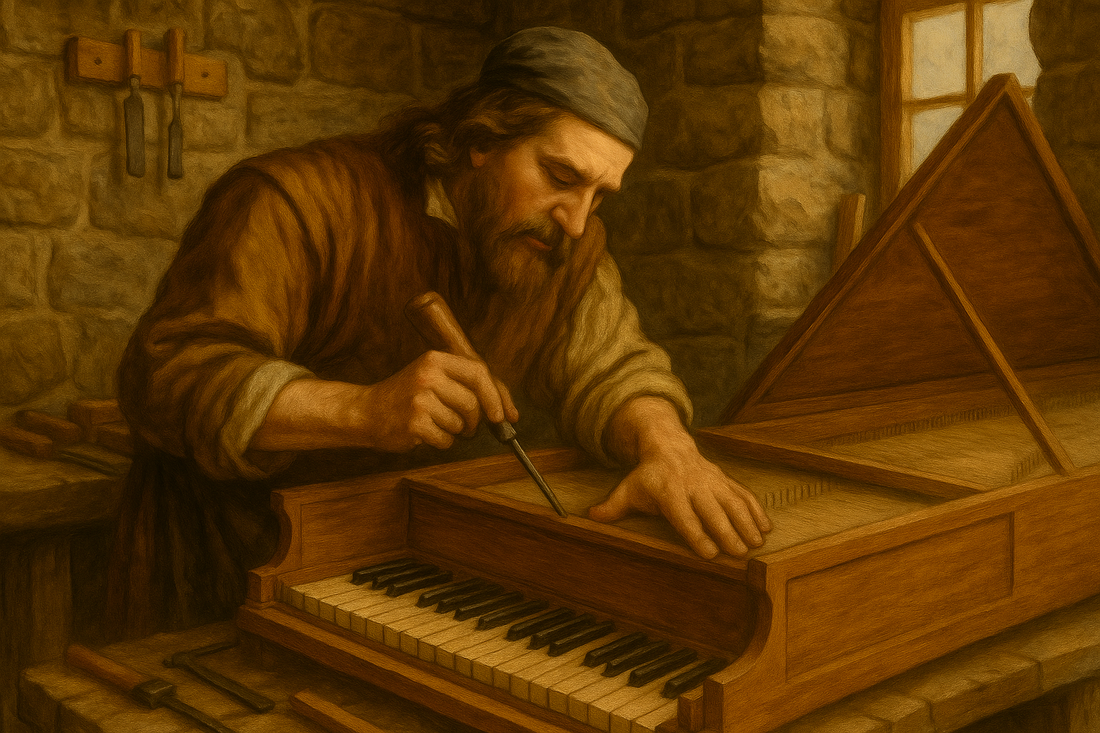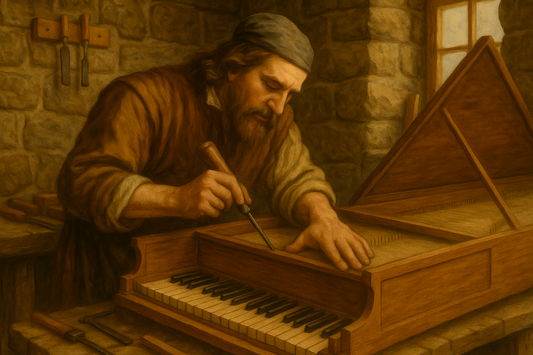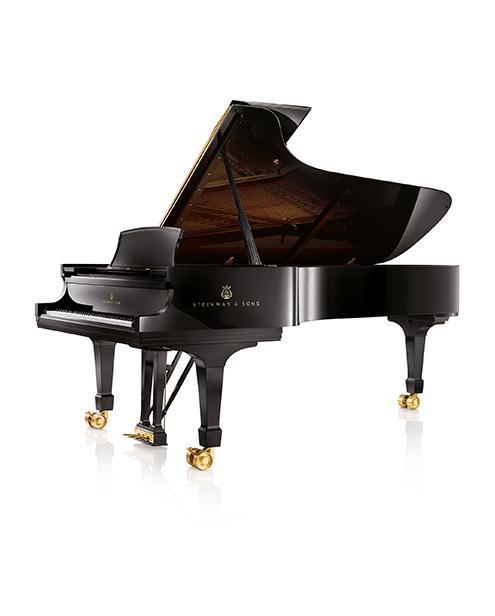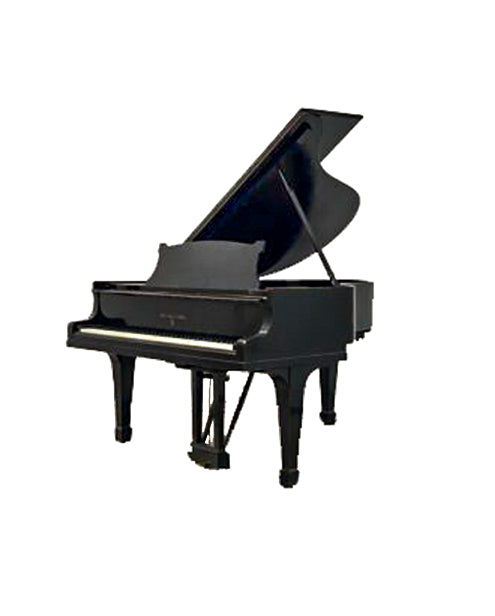Majestic, expressive, universal… the piano is surely one of the world’s most beloved instruments. But do you know the piano’s story—from its European beginnings to its modern evolution? This article takes you on a journey through time to explore the instrument’s origins, its mechanical development, and why artisanal craftsmanship remains essential to its sound quality.
The Piano’s Evolution: From Harpsichord to Pianoforte
Before the piano came the harpsichord. Widely used from the 15th century onward, this plucked-string instrument offered little dynamic range—no matter how hard you pressed a key, the volume stayed the same.
In the early 18th century, Bartolomeo Cristofori, an Italian instrument maker at the Florentine court, devised a revolutionary mechanism: the pianoforte. Instead of plucking the strings, small hammers struck them, opening the door to much more expressive nuance. Hence its original name, gravicembalo col piano e forte—literally, “harpsichord with soft and loud.”
The Piano’s Mechanical Development Over the Centuries
Since Cristofori’s invention, the piano has never stopped evolving. Over time:
-
Hammers were covered with felt for a rounder, warmer tone.
-
The wooden frame was replaced by an iron frame to withstand greater string tension.
-
The repetition action was perfected to enable rapid, repeated passages.
-
Additional pedals (soft/una corda, sustain, sostenuto) expanded expressive possibilities even further.
By the 19th century—the era of Beethoven, Chopin, and Liszt—the piano had become the reigning instrument of the bourgeois salon and the favored companion of Romantic composers.
Handcrafted Manufacturing of High-End Acoustic Pianos
Even today, high-end acoustic pianos are built using artisanal methods handed down through a long tradition. Each instrument can include:
-
More than 12,000 mechanical parts
-
Around 230 strings, stretched to a total tension of nearly 20 tons
-
A spruce soundboard carefully selected for its resonance
Brands such as Steinway & Sons carry this heritage forward with unmatched expertise, combining tradition, noble materials, and innovation to create truly singular instruments.
European, North American, or Asian Pianos: What’s the Difference?
A piano’s country of manufacture is far from trivial. Instruments built in North America or Europe are often better suited to our climate. They’re designed to withstand humidity and temperature variations that directly affect tuning stability and the longevity of wooden components.
Asian pianos (Japanese, Chinese, Korean) now represent a significant share of the market. Some models—especially from well-known brands like Yamaha or Kawai—offer excellent value for money. That said, entry-level instruments from large-scale production can show limits in precision, tone, or long-term stability.
Why a Piano’s Origin Influences Your Choice
From its first steps in Italian workshops in the 18th century to today’s concert halls and homes, the piano has continued to inspire, evolve, and refine itself. Choosing a piano also means choosing a story, an origin, and a philosophy of making. That’s why at Pianos Bolduc Montréal, we’re committed to offering instruments that combine character, excellence, and reliability.
Want to Learn More?
Visit our showroom in Montréal. Our specialists will be delighted to let you try different models and guide you according to your needs. Contact us or book an appointment for a personalized visit.
© Pianos Bolduc. All rights reserved.




